László Moholy-Nagy Photogram 1922 Unique printing-out-paper print on carte-postale. 5 3/8 x 3 1/2 in. (13.7 x 8.9 cm) Signed, dated and with directional indicators in ink on the verso.
Provenance From the artist Colleague of the artist, Chicago Collection of William Larson Chicago Collection of Robert Shapazian, Los Angeles Christie's New York, 8 April 1998, lot 292 Exhibited Photographs of Moholy-Nagy from the Collection of William Larson Galleries of the Claremont Colleges, Claremont, California, April-May 1975; San Francisco Museum of Modern Art; University of New Mexico Art Museum at Albuquerque, and traveling to numerous other venues through 1979 Literature Heyne, Neusüss and Hattula Moholy-Nagy, Moholy-Nagy: The Photograms, Catalogue Raisonné, fgm 4 (this photogram) Rice and Steadman, Photographs of Moholy-Nagy from the Collection of William Larson p. 46 (this photogram) Catalogue Essay The unique work offered here is one of the first photograms created by Moholy-Nagy. Possibly inspired by simple botanical photograms that he saw at the Loheland school in rural Germany in 1922, Moholy-Nagy began to make small postcard-format photograms on daylight printing-out paper such as the one offered here. He created these first photograms by placing the printing-out paper into a copying frame, then layering over it cut-out shapes of paper (some patterned, some translucent), crumpled material and various templates, thus building a composition over time in the sunlight. In Moholy-Nagy: The Photograms: Catalogue Raisonné, Herbert Molderings suggests that for this specific photogram Moholy-Nagy may have pressed a fluid between two plates of glass as a means of filtering projected light – a process that Moholy-Nagy writes about in his essay “Light: A Medium of Plastic Expression,” published in March 1923. László Moholy-Nagy was a Constructivist who oriented himself and his art to science and technology. He dressed in the white jumpsuit of an engineer and saw himself as a builder/designer, not simply of objects, but of perception. His work in all media (painting, film, sculpture, typography, books, stage sets, exhibition and museum design) was built upon the isolation and exploration of the basic elements of perception: light, space, time, and motion. No medium better suited this multi-disciplinary artist than film and photography, and no other form of photography was as essential to his ideas as the photogram. With the photogram Moholy-Nagy was able to construct with light. Moholy-Nagy continued to produce photograms throughout his life, but at the time this print was made, he did not use the term photogram; instead, he referred to these early works as “light compositions.” It was not until the 1925 publication of Bauhaus Book Number Eight, Malerei Photographie Film, that Moholy-Nagy used the word photogram – a term that all such pictures have been called ever since. The photogram offered here has a distinguished provenance, having come from the collection of photographer William Larson a student at the Institute of Design in Chicago in the 1960s. His collection was featured in the 1975 exhibition Photographs of Moholy-Nagy from the Collection of William Larson curated by Leland Rice and David Steadman, one of the first and most important exhibitions of Moholy-Nagy's work after the artist’s death. This photogram is also featured in the accompanying exhibition catalogue. It was subsequently acquired by legendary Los Angeles art dealer and scholar Robert Shapazian. Read More
László Moholy-Nagy Photogram 1922 Unique printing-out-paper print on carte-postale. 5 3/8 x 3 1/2 in. (13.7 x 8.9 cm) Signed, dated and with directional indicators in ink on the verso.
Provenance From the artist Colleague of the artist, Chicago Collection of William Larson Chicago Collection of Robert Shapazian, Los Angeles Christie's New York, 8 April 1998, lot 292 Exhibited Photographs of Moholy-Nagy from the Collection of William Larson Galleries of the Claremont Colleges, Claremont, California, April-May 1975; San Francisco Museum of Modern Art; University of New Mexico Art Museum at Albuquerque, and traveling to numerous other venues through 1979 Literature Heyne, Neusüss and Hattula Moholy-Nagy, Moholy-Nagy: The Photograms, Catalogue Raisonné, fgm 4 (this photogram) Rice and Steadman, Photographs of Moholy-Nagy from the Collection of William Larson p. 46 (this photogram) Catalogue Essay The unique work offered here is one of the first photograms created by Moholy-Nagy. Possibly inspired by simple botanical photograms that he saw at the Loheland school in rural Germany in 1922, Moholy-Nagy began to make small postcard-format photograms on daylight printing-out paper such as the one offered here. He created these first photograms by placing the printing-out paper into a copying frame, then layering over it cut-out shapes of paper (some patterned, some translucent), crumpled material and various templates, thus building a composition over time in the sunlight. In Moholy-Nagy: The Photograms: Catalogue Raisonné, Herbert Molderings suggests that for this specific photogram Moholy-Nagy may have pressed a fluid between two plates of glass as a means of filtering projected light – a process that Moholy-Nagy writes about in his essay “Light: A Medium of Plastic Expression,” published in March 1923. László Moholy-Nagy was a Constructivist who oriented himself and his art to science and technology. He dressed in the white jumpsuit of an engineer and saw himself as a builder/designer, not simply of objects, but of perception. His work in all media (painting, film, sculpture, typography, books, stage sets, exhibition and museum design) was built upon the isolation and exploration of the basic elements of perception: light, space, time, and motion. No medium better suited this multi-disciplinary artist than film and photography, and no other form of photography was as essential to his ideas as the photogram. With the photogram Moholy-Nagy was able to construct with light. Moholy-Nagy continued to produce photograms throughout his life, but at the time this print was made, he did not use the term photogram; instead, he referred to these early works as “light compositions.” It was not until the 1925 publication of Bauhaus Book Number Eight, Malerei Photographie Film, that Moholy-Nagy used the word photogram – a term that all such pictures have been called ever since. The photogram offered here has a distinguished provenance, having come from the collection of photographer William Larson a student at the Institute of Design in Chicago in the 1960s. His collection was featured in the 1975 exhibition Photographs of Moholy-Nagy from the Collection of William Larson curated by Leland Rice and David Steadman, one of the first and most important exhibitions of Moholy-Nagy's work after the artist’s death. This photogram is also featured in the accompanying exhibition catalogue. It was subsequently acquired by legendary Los Angeles art dealer and scholar Robert Shapazian. Read More
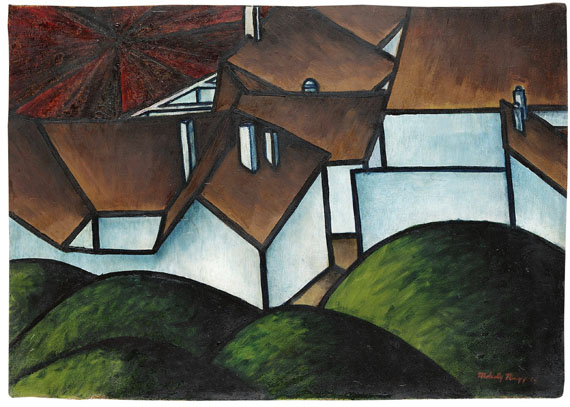
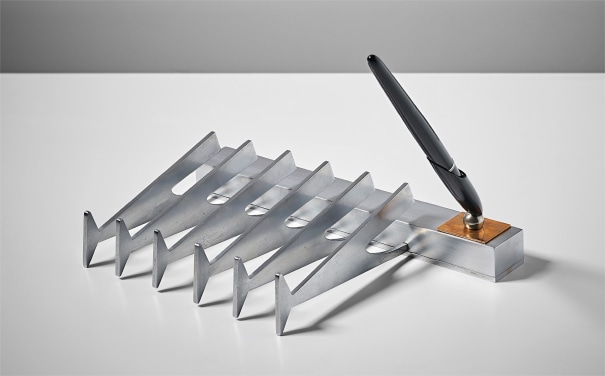

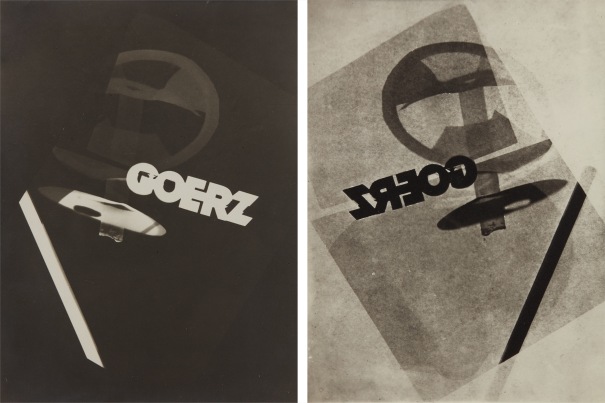
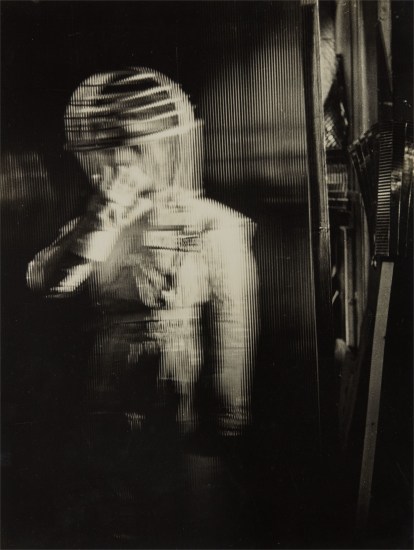

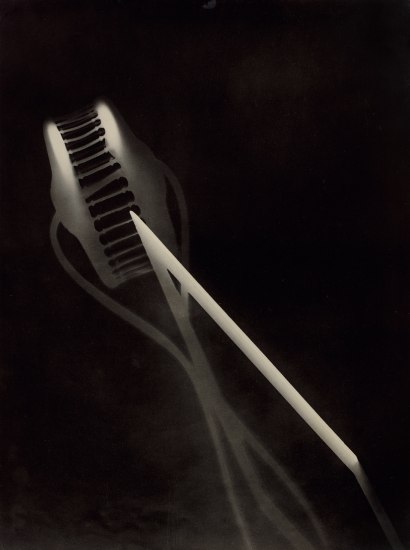

.jpg)
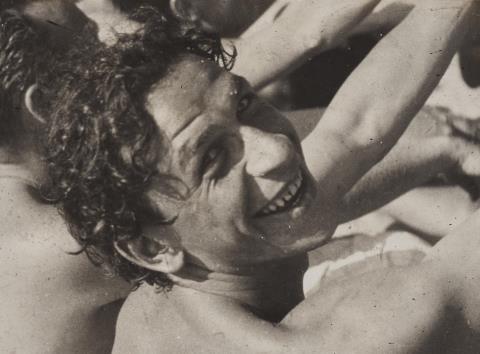


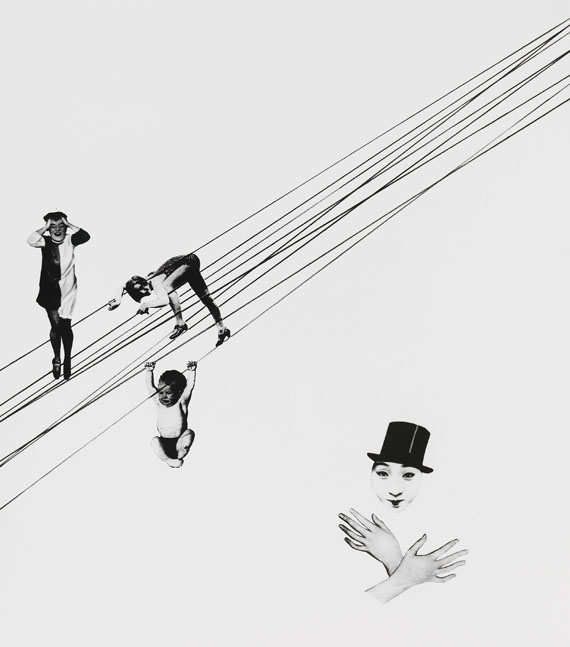
Testen Sie LotSearch und seine Premium-Features 7 Tage - ohne Kosten!
Lassen Sie sich automatisch über neue Objekte in kommenden Auktionen benachrichtigen.
Suchauftrag anlegen